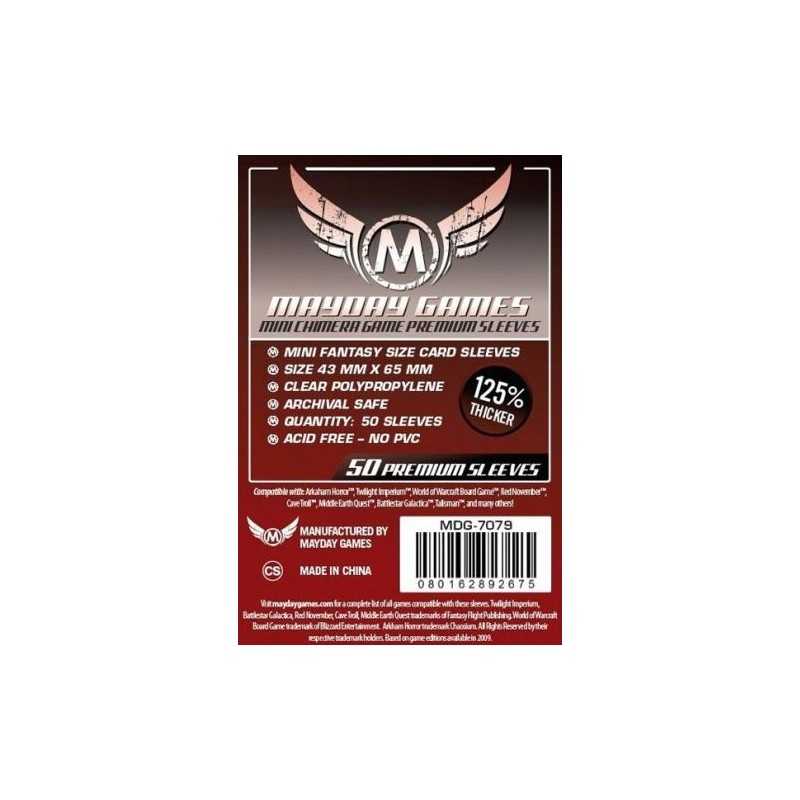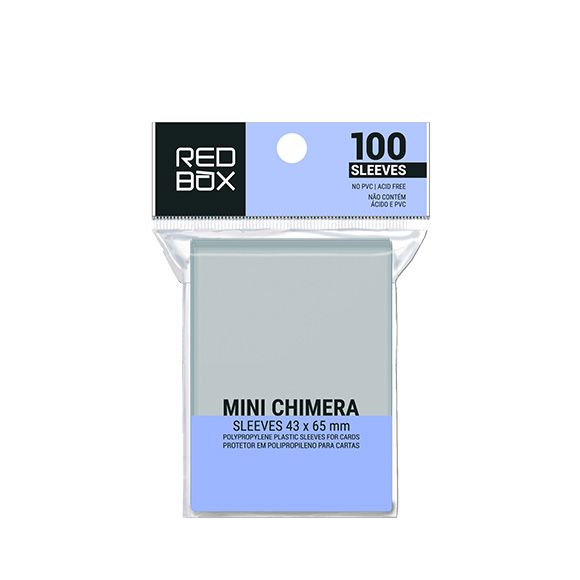

Mental Floss #1 (? x DJ Short Blueberry) 55-65 days Sweetest Sativa (Sweet Skunk x DJ Short Blueberry) 63 days Schnazzleberry (the Dom x Shishkeberry Red) 45-55 daysĪurora (the Dom x Northern Lights) 55-60 daysĬalizahr (California Orange x Shishkeberry Red) 56 days Malibu (Californian x the Dom) 55-60 days Most of the information is from either my own memory of old Overgrow and C-world posts, and my notes on the subject.Ĭ4 (Cotton Candy x Shishkeberry Red) 45-55 daysįrostbite (Cotton Candy x Northern Lights) 55-60 days This is a work in progress (obviously) and any input is appreciated and will be updated periodically. All Rights Reserved.Having grown out several of Chimera's genetics with positive experiences, I have decided to try and document a brief summary of the man's strains.

#Chimera 65 free#
This relatively benign preconditioning regimen which was free of any apparent toxicity is deemed to have widespread clinical application in organ transplantation. In conclusion, these preliminary data suggest that mixed chimerism along with robust donor-specific tolerance can be reliably achieved by sublethal TBI and transient blockade of costimulatory pathways. The lack of anti-donor humoral responses in these animals as determined by complement-dependent microcytotoxicity assays was as yet another evidence for the lack of T cell-mediated B cell help in the generation of an effective antibody response. Furthermore, the absence of donor-reactive Vβ6 + CD4 + T cells in these recipients was suggestive that clonal deletion was perhaps the predominant mechanism underlying the induction of persistent donor-specific tolerance.
#Chimera 65 skin#
This was associated with acceptance in these animals of skin allografts from donor but not third-party strain animals. On the contrary, 2/5 (40%) animals in Group III developed sustained macrochimerism with donor cell levels of 36% and 31% in their peripheral blood at d28 and 45 respectively, post-Tx. Additionally, animals in these two groups also rejected subsequently transplanted donor and third-party skin allografts. Using monoclonal antibodies specific for donor MHC (H-2 k), no chimeric cells were detectable by three-color flow cytometry in the lymphoid organs and in the peripheral blood of animals in Groups I and II. Animals in all three groups remained healthy throughout the duration of their follow-u without any clinical evidence of GVHD suggesting that this conditioning regimen was well tolerated. Depending on the conditioning regimen employed in the recipients prior to Tx, the animals were divided into the following groups: Group 1 ( n=5) total body irradiation (TBI 3cGy) Group II ( n=4) CTLA4-Ig fusion protein (250μg/d on d0, 2, 4 & 6 post-Tx i.p.) + anti-CD40L mAb(250μg on d0, 2, & 4 post-Tx i.m.) Group III ( n=5) TBI + CTLA4-Ig + anti-CD40L mAb. We therefore, proceeded to address this issue by transplanting 2×10 7 unmodified BM cells harvested from the tibia and femur of CBA/J(H-2 k, Mls d) donors into BALB/c (H-2 d, Mls c) recipients. Despite the obvious benefit, no ideal preparative regimen currently exists which would result in widespread clinical utility of this strategy. However, it has been unequivocally demonstrated that establishment of mixed chimerism by prior bone marrow transplantation (BMTx) confers to the recipient a state of donor-specific tolerance allowing for subsequent acceptance of allografts from donor but not third-party strain animals.

The chronic use of nonspecific immunosuppression to prevent allograft rejection is invariably associated with undesirable complications which include opportunistic infections, a high incidence of malignancies and chronic rejection.


 0 kommentar(er)
0 kommentar(er)
